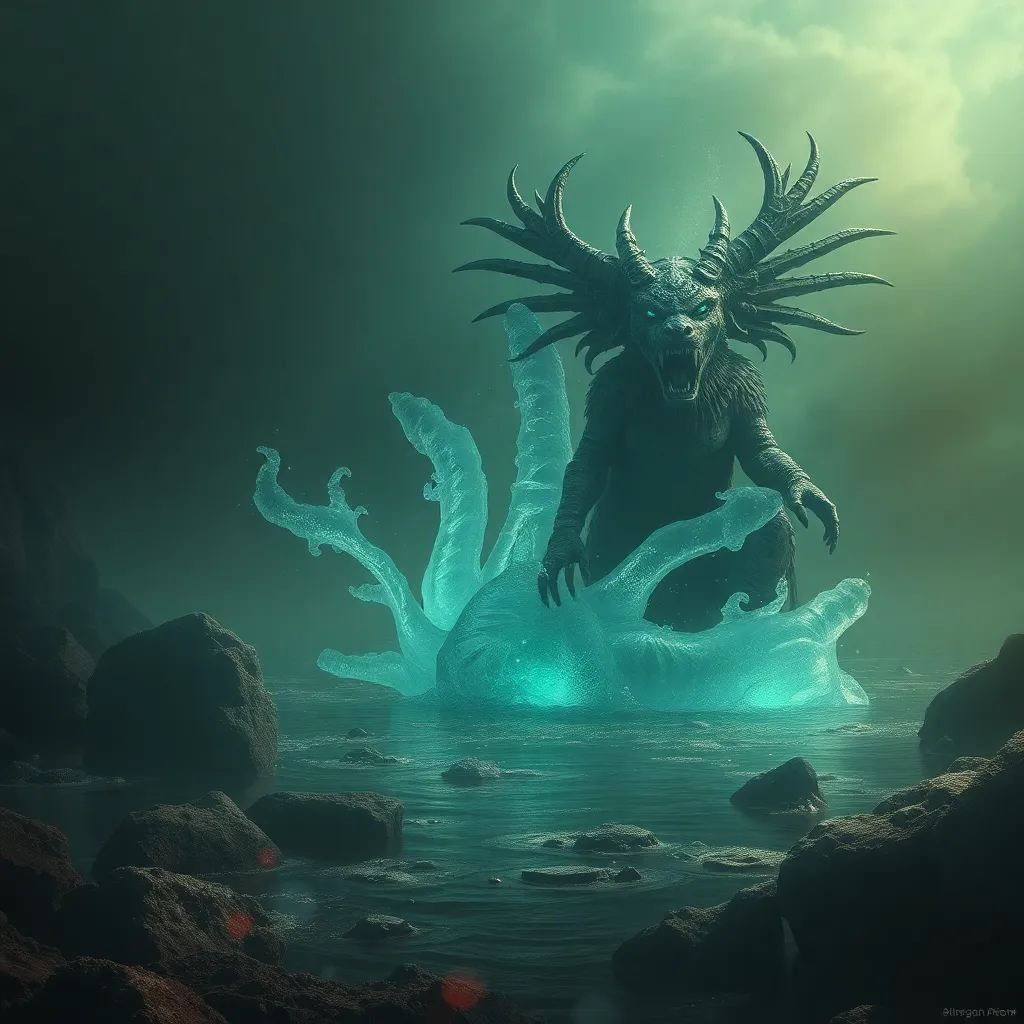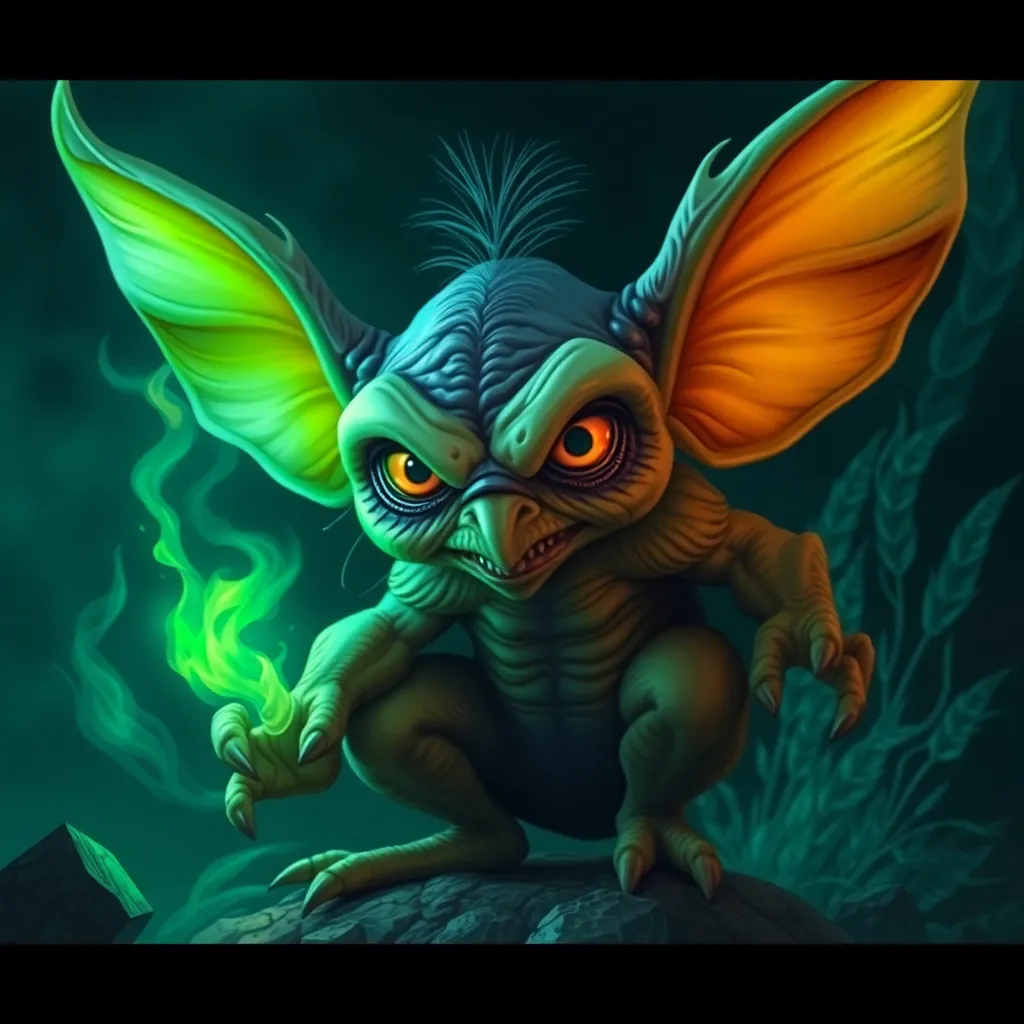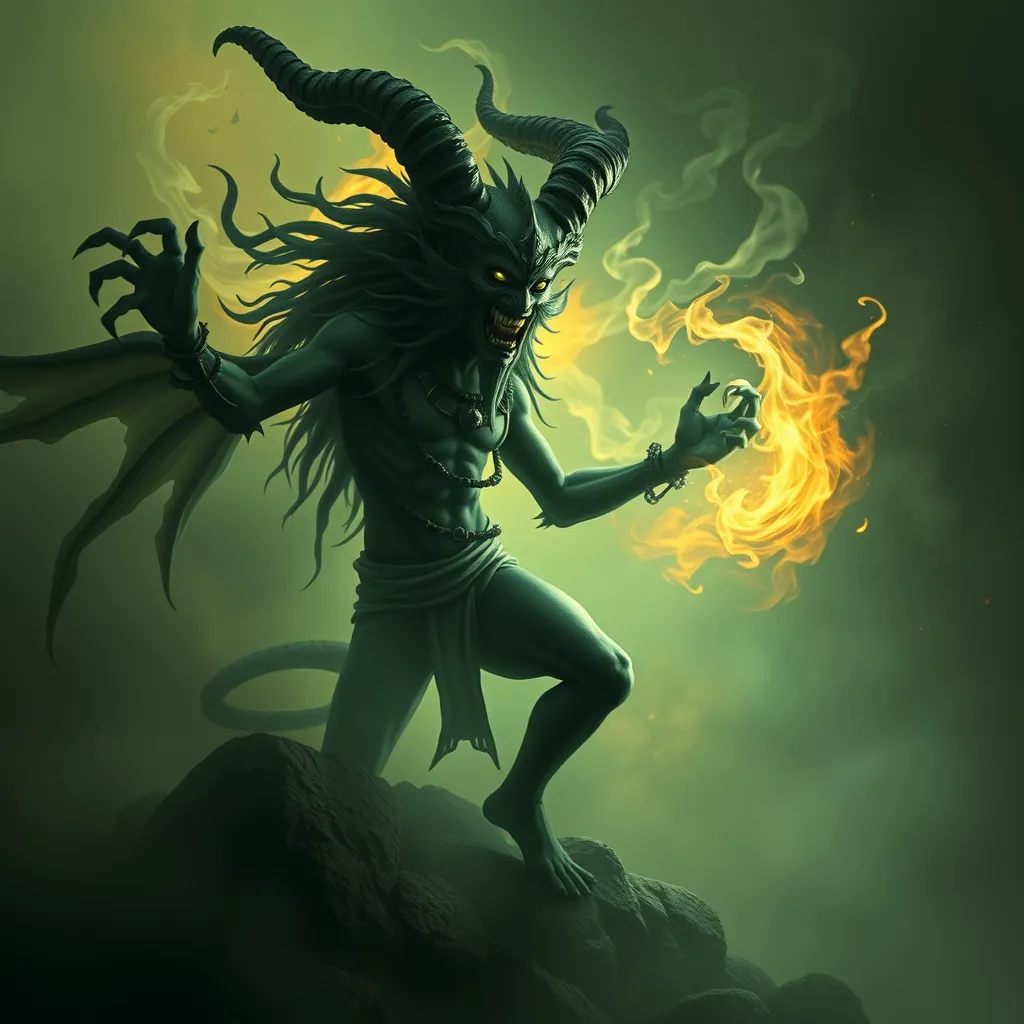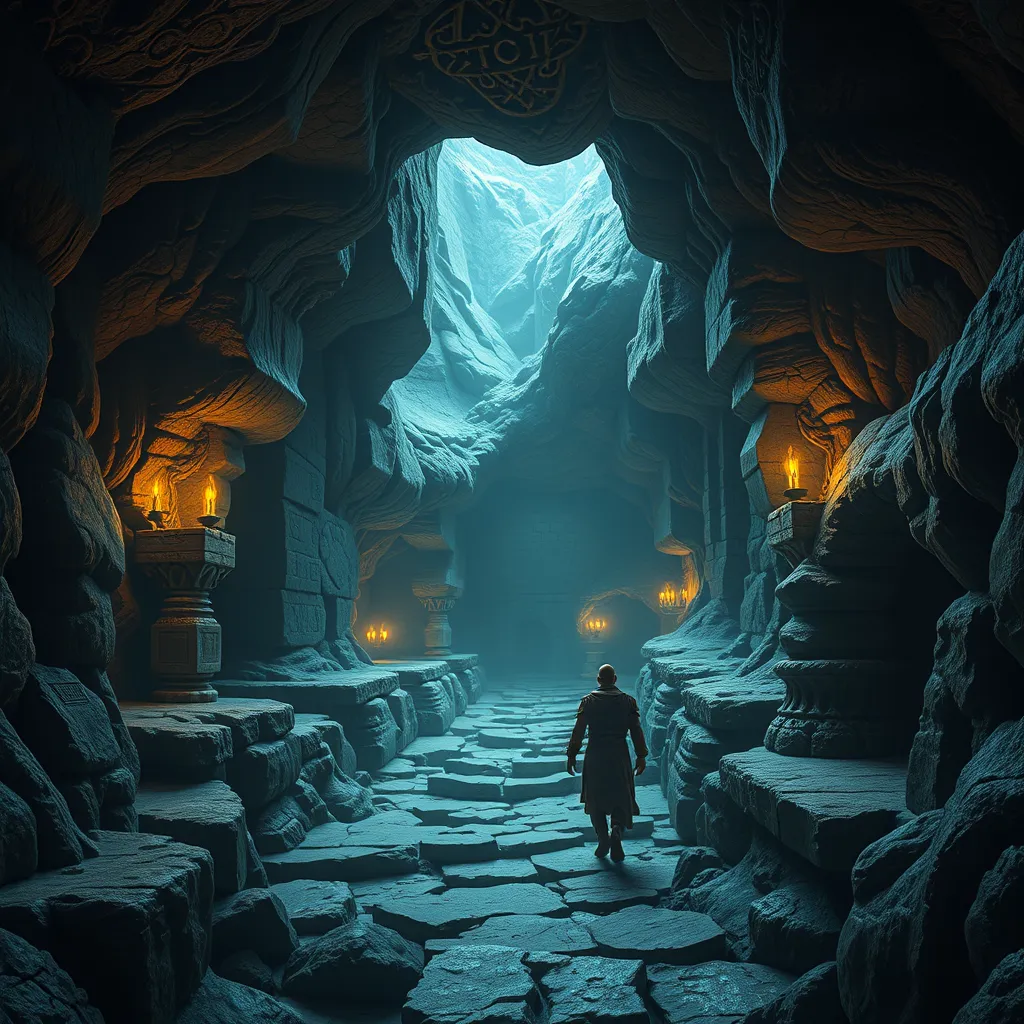The Ahuizotl: Predator of the Waters, Guardian of the Underworld
I. Introduction
The Ahuizotl is a fascinating figure in Mesoamerican mythology, particularly among the Aztec civilization. This mythical creature is often depicted as a fearsome predator lurking in the waters, embodying both danger and mystery. The importance of water in ancient cultures cannot be overstated; it was a source of life, a means of transportation, and often viewed as a gateway to the spiritual realm. This article aims to explore the dual role of the Ahuizotl as both a predator of the waters and a guardian of the underworld, revealing its complex nature and significance in Mesoamerican lore.
II. Origins and Cultural Significance
The historical background of the Ahuizotl is deeply rooted in Aztec and other Mesoamerican societies. This creature was often associated with the lakes and rivers, where it was believed to ambush unsuspecting victims. The Ahuizotl’s name derives from the Nahuatl language, combining “atl” (water) and “huizotl” (a creature with a dog-like appearance). Its portrayal in folklore highlights the cultural significance of water as both a nurturing and destructive force.
Symbolically, the Ahuizotl represents the unpredictable nature of water, embodying both its life-giving properties and its potential for danger. In many tales, the Ahuizotl serves as a reminder of the respect and fear that ancient peoples held for the natural elements. When compared to other mythological creatures, the Ahuizotl stands out due to its unique combination of predatory instincts and protective roles, a duality not commonly seen in similar figures across global mythologies.
III. Physical Description and Characteristics
The Ahuizotl is often described as a creature resembling a large dog or otter, with striking features that set it apart. It is said to have:
- Long, sleek fur that blends with the water
- A long, flexible tail, often depicted as having a hand-like appendage at the end
- Sharp claws that are used for both hunting and climbing
- Large, piercing eyes that can see well in murky waters
These unique traits contribute to its fearsome reputation as a predator. The Ahuizotl’s claws allow it to grasp its prey effectively, while its aquatic abilities make it a skilled swimmer, capable of outmaneuvering both its prey and potential threats. Additionally, its physical attributes are often interpreted as symbols of its dual nature; the sharp claws signify its predatory instincts, while the hand-like tail suggests a connection to the spiritual realm, acting as a bridge between the earthly and the otherworldly.
IV. Behavior and Hunting Methods
The Ahuizotl’s predatory nature is a central aspect of its mythology. It is said to hunt by luring unsuspecting individuals to the water’s edge with the sound of a crying baby. Once the victim is close enough, the creature strikes with remarkable speed and ferocity. Its hunting techniques include:
- Using its cries to attract victims
- Ambushing prey from underwater
- Employing stealth to remain undetected until the opportune moment
Tales and anecdotes about the Ahuizotl illustrate its cunning and ferocity. Many stories recount encounters with the creature, often ending in tragedy for those who underestimate its power. These narratives serve not only as cautionary tales but also reflect the deep-rooted respect the ancient peoples had for the forces of nature.
V. The Ahuizotl as a Guardian of the Underworld
Beyond its role as a predator, the Ahuizotl also holds significance as a guardian of the waters and the afterlife. In Mesoamerican beliefs, water was often seen as a conduit to the underworld, a place of transition between life and death. The Ahuizotl’s connection to water allows it to serve as a protector of these sacred spaces.
This duality of the Ahuizotl’s nature—predator versus protector—reflects broader themes in Mesoamerican mythology. The creature embodies the idea that life and death are interconnected; the waters that sustain life can also lead to death. This perspective emphasizes the need for balance and respect for the natural world, a principle that was central to Mesoamerican spirituality.
VI. The Ahuizotl in Modern Culture
In contemporary times, the Ahuizotl has found its way into various forms of media and literature, capturing the imagination of audiences around the world. Its representation ranges from fearsome monster to misunderstood guardian, showcasing the versatility of its character. Some notable appearances include:
- Fantasy novels that draw on Mesoamerican themes
- Films and television shows featuring mythical creatures
- Video games incorporating folklore elements
The influence of the Ahuizotl on modern interpretations of mythological creatures is significant, as it contributes to a renewed interest in Mesoamerican mythology. This resurgence has prompted deeper explorations of ancient beliefs and their relevance in contemporary society.
VII. Scientific Perspectives and Cryptozoology
While the Ahuizotl is firmly rooted in mythology, some scholars have examined potential real-life inspirations for the legend. Various aquatic animals, such as otters and large cats, may have influenced the creature’s depiction in folklore. The study of cryptozoology, which investigates creatures that have not been proven to exist, often includes discussions of the Ahuizotl as a potential candidate for exploration.
Moreover, similar creatures can be found in global folklore, highlighting the universal themes of water as both a life-giving force and a source of danger. These parallels provide insight into how different cultures interpret the natural world and its mysteries.
VIII. Conclusion
In summary, the Ahuizotl holds a significant place in Mesoamerican mythology, representing the complex relationship between humans and the natural world. As both a fearsome predator and a guardian of the underworld, the Ahuizotl embodies themes of duality, balance, and respect for the forces of nature. Its enduring legacy in modern culture reflects a continued fascination with ancient myths and their relevance in understanding our own world.
As we delve deeper into Mesoamerican myths, we uncover not only the stories of creatures like the Ahuizotl but also the values and beliefs of the cultures that created them. This exploration invites us to reflect on our own connections to nature and the enduring legacies of the past.



